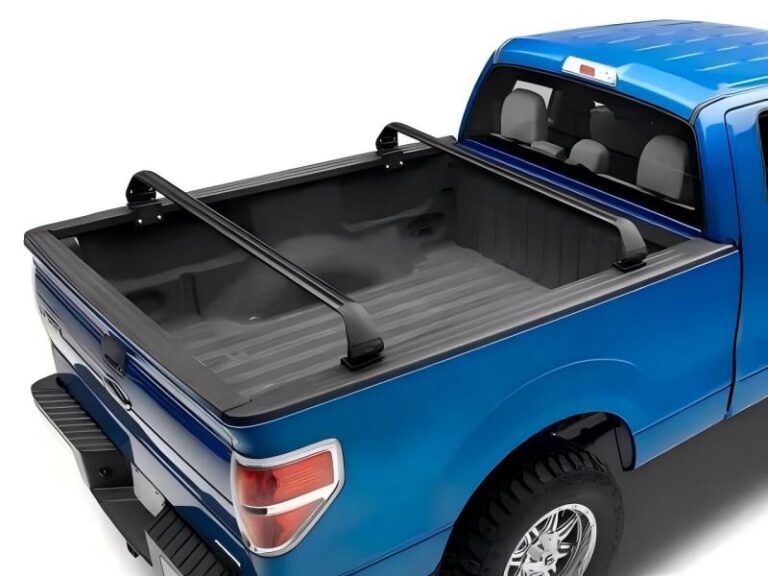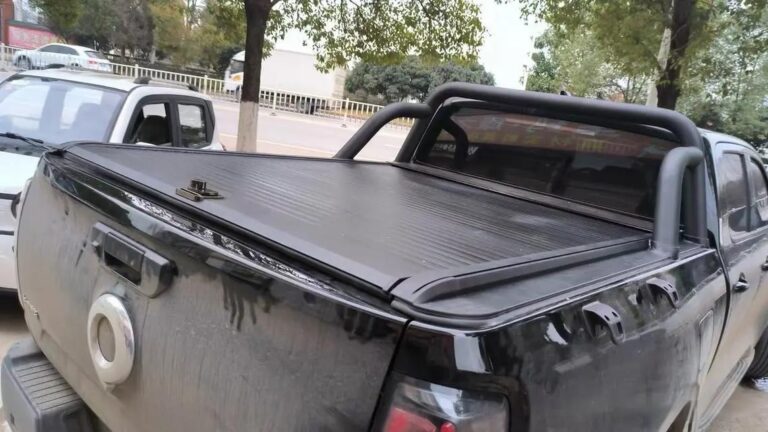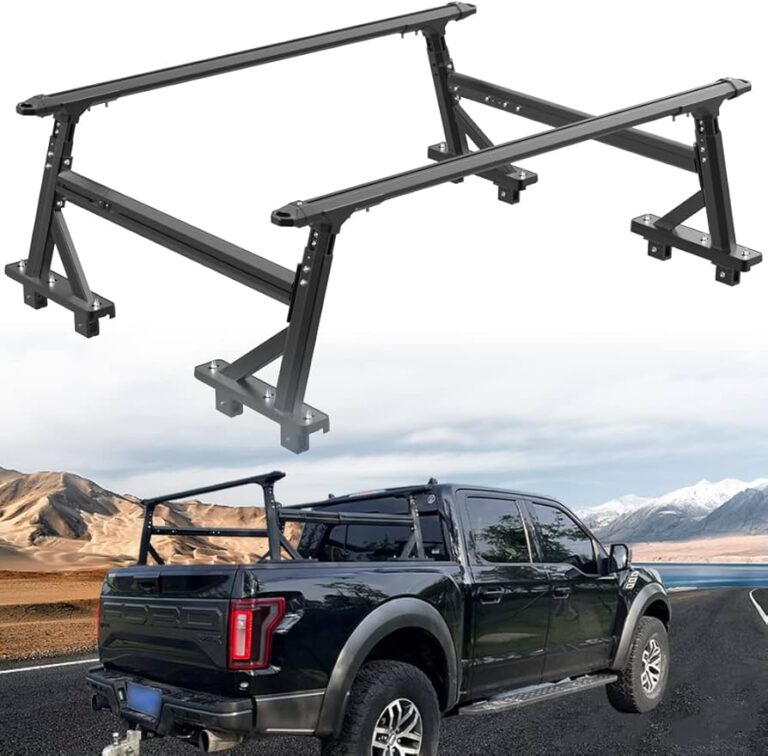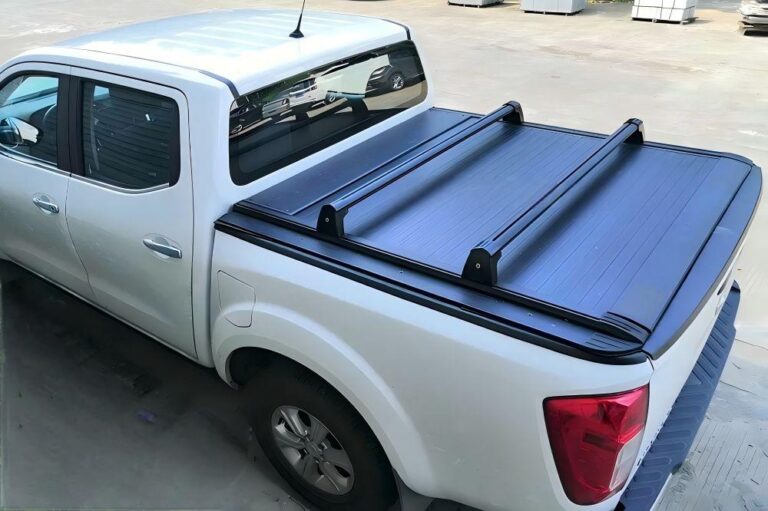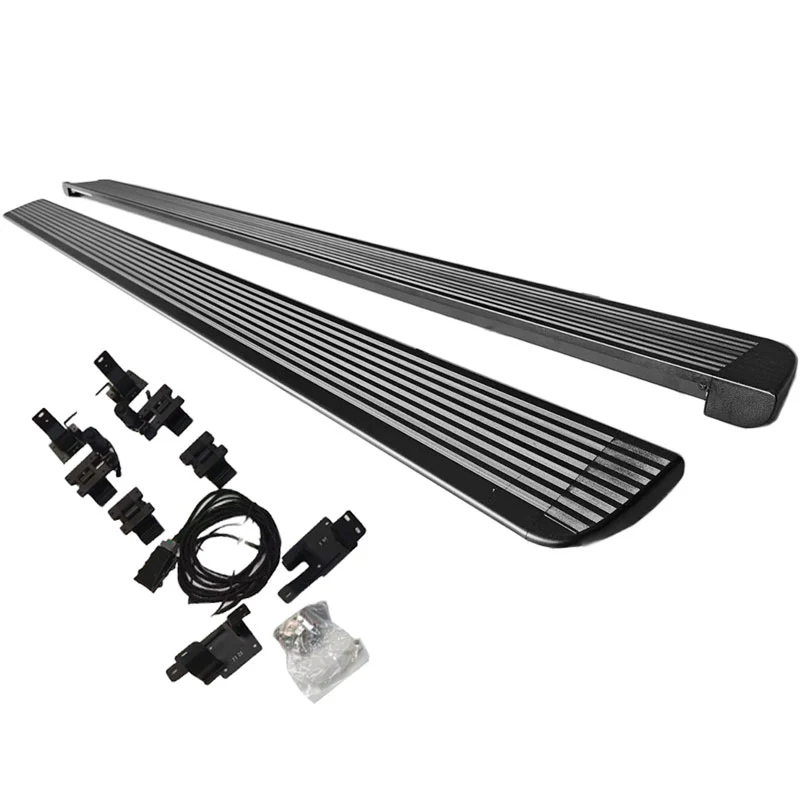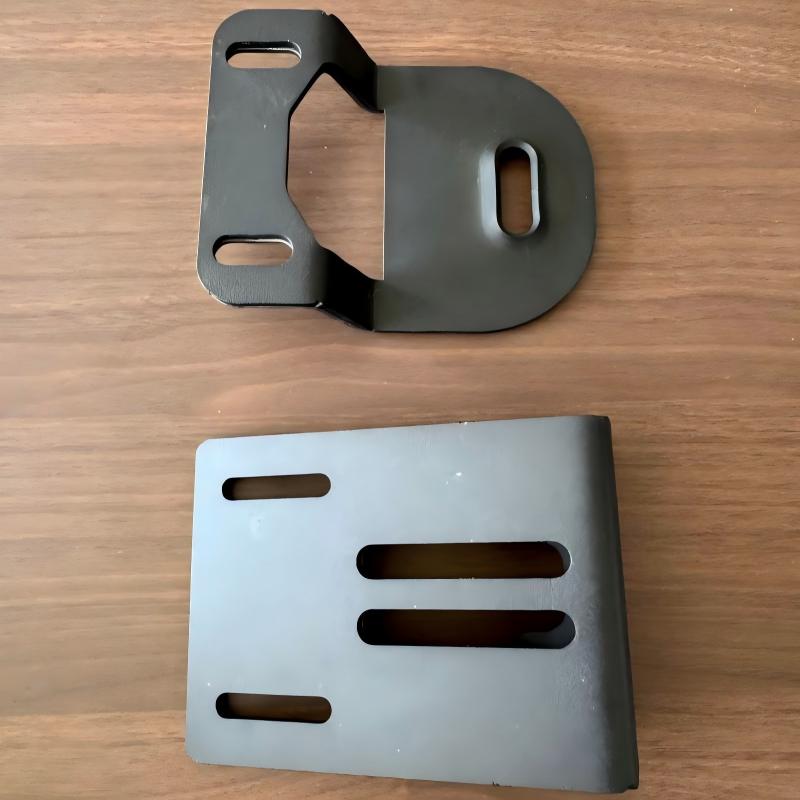-
GaoxinQu, Xingtan, Shunde, Guangdong

Revealing the Difference Between Pickup Truck Canopies and Tops
Table of Contents
Summary
When choosing a cargo box protection solution, pickup truck owners often face the dilemma of choosing between a “canopy” and a “top cover”. This article will comprehensively analyze the essential differences, applicable scenarios, and purchase points of these two accessories through 10 core arguments and detailed arguments. From material characteristics, installation methods to functional performance, we will deeply compare the differences between fiberglass canopies and soft top covers in terms of waterproof performance, anti-theft security, aerodynamics, etc., and provide professional purchase recommendations. Whether you are an outdoor enthusiast pursuing versatility or an urban user focusing on practicality, this guide will help you make an informed decision and find the perfect accessories that best suit your pickup truck lifestyle.
Chapter 1: Understanding pickup truck canopies – heavy-duty protection solutions
1.1 Materials and structural characteristics of canopies
Argument 1: Material determines service life
- Fiberglass canopy: using multi-layer resin impregnation process, average weight of 45-65kg, impact strength of 50kJ/m²
- Aluminum alloy canopy: aviation-grade 6061-T6 aluminum alloy, 30% lighter but 40% more expensive
- Composite canopy: Carbon fiber reinforced polymer (CFRP) weighs only 28kg, and its thermal expansion coefficient matches that of steel
Argument 2: Structural design affects functionality
- One-piece molding process: eliminates the risk of seam leakage and reduces wind noise by 15dB(A)
- Three-dimensional curved windows: meet SAE J1970 optical standards, light transmittance ≥70% while blocking 99% of ultraviolet rays
- Integrated roof rack: dynamic load capacity of 150kg, in line with ISO 11154 international standards
1.2 Analysis of the core advantages of the canopy
Argument 3: Military-grade protective performance
- Waterproof test: No leakage for 4 hours in a simulated 100mm/h rainstorm environment
- Anti-theft performance: The multi-point locking system passed the ASTM F883-19 standard tool attack test
- Temperature adaptability: No attenuation of material performance in an environment of -40℃ to 80℃
Argument 4: Multi-functional space expansion
- Camping mode: A pop-up tent can be installed, and the internal height can be expanded to 2.1m
- Workshop configuration: Modular track system supports rapid installation of tool racks/power boxes
- Aerodynamics: Wind tunnel tests show that the drag coefficient can be reduced by 7.2% when driving at high speeds
Chapter 2: Understanding pickup truck canopies – a flexible and lightweight choice
2.1 Comparison of types and characteristics of canopies
Argument 5: Economic advantages of soft canopies
- Material cost: The price of vinyl canopies is only 1/5-1/3 of that of hard canopies
- Easy installation: One person can complete disassembly and assembly within 10 minutes without professional tools
- Weight control: The whole system usually does not exceed 15kg, and the impact on fuel consumption can be ignored
Argument 6: Balance characteristics of hard top cover
- Folding design: The three-section aluminum alloy top cover takes only 90 seconds to unfold
- Light transmission performance: The polycarbonate panel has a light transmittance of 88% and a haze of <3%
- Partial opening: The central section can be opened separately, and the storage and retrieval efficiency is increased by 60%
2.2 Analysis of applicable scenarios of the top cover
Argument 7: Adaptability for urban use
- Restricted height passage: The low-profile design ensures access to a 2.1m standard underground garage
- Quick conversion: The cargo box can be fully opened within 30 seconds to cope with large-scale transportation
- Daily protection: Effectively block 90% of ultraviolet rays and protect plastic parts from aging
Chapter 3: In-depth comparison of key differences
3.1 Structural performance differences
| Comparison dimensions | Roof | Top cover |
|---|---|---|
| Installation method | Permanent fixing with bolts | Temporary fixing with quick clips |
| Wind pressure resistance | Can withstand strong winds of level 12 | Vibration may occur under winds of level 8 |
| Sound insulation effect | Reduce by 20-25dB | Reduce by 8-12dB |
| Service life | 10-15 years | 3-5 years |
3.2 Function expansion differences
Argument 8: Comparison of modification potential
- Roof: supports the installation of roof tents, solar panels, off-road light racks, etc.
- Roof cover: limited to basic cargo protection, no expansion interface
Argument 9: Cost of use analysis
- Initial investment: The price of high-end roof can reach 5-8 times that of roof cover
- Long-term benefits: Roof can increase the residual value of used cars by about 7-12%
- Insurance costs: Roof is usually included in the coverage of car insurance
Chapter 4: Purchase Decision Guide
4.1 User Demand Matching Model
Argument 10: Five-dimensional Purchase Evaluation System
- Frequency of use: If the usage is >3 times per week, choose a canopy; if the usage is <1 time, choose a canopy
- Cargo value: If the single transport is >5,000 yuan, a canopy is recommended
- Environmental requirements: Canopies are preferred in rainy and snowy areas
- Extended needs: Choose a canopy for camping/working, and a canopy for commuting
- Budget constraints: If the usage is <5,000 yuan, consider a canopy; if the usage is >15,000 yuan, choose a canopy
4.2 Mainstream product recommendations
Top three canopies:
- LEER 100XR: All-round fiberglass canopy
- A.R.E. MX: Modular aluminum canopy
- SnugTop Rebel: Off-road reinforced canopy
Top cover selection:
- TruXedo TruXport: Cost-effective roller canopy
- BAKFlip G2: Hard folding top
- Tyger Auto T1: Entry-level soft top
FAQS
1. What is the main difference between a truck canopy and a tonneau cover?
A canopy (or camper shell) fully encloses the truck bed for maximum protection, while a tonneau cover is a lower-profile option that provides partial coverage while maintaining easier access.
2. Which offers better security—canopy or tonneau cover?
A canopy provides superior security with lockable doors and rigid construction. Most tonneau covers offer basic theft deterrence but are less secure than full canopies.
3. Do canopies improve fuel efficiency?
Yes, a well-designed canopy can reduce drag and improve highway fuel economy by 5-8%, while a tonneau cover may offer 2-5% improvement.
4. Can I use a tonneau cover for camping?
No, tonneau covers only protect cargo. For camping, a canopy is required, especially models with pop-up tents or sleeping platforms.
Summary
The choice between a pickup truck canopy and a top cover is essentially a trade-off between “comprehensive protection” and “flexible economy”. Through the systematic analysis of the 10 core arguments in this article, we draw the following conclusions:
- Heavy users choose a canopy: suitable for users who frequently transport valuables, have camping needs, or pursue vehicle integration
- Light users choose a top cover: for basic protection, limited budget, or the need to retain the openness of the cargo box
- Intermediate needs consider a hard top cover: balance protection and flexibility, suitable for multi-functional use in cities
It is recommended that consumers make decisions based on the actual frequency of use scenarios, cargo value, and safety needs. If necessary, they can consult a professional modification shop for on-site experience. The correctly selected cargo box protection system can not only improve the user experience, but also bring a qualitative leap to your pickup truck life.

